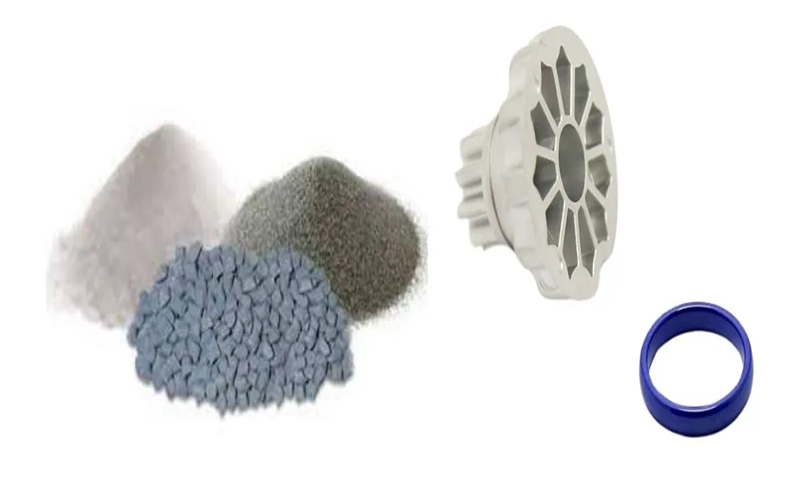Powder Injection Molding (PIM) is an advanced manufacturing technology that combines the versatility of plastic injection molding with the strength and durability of metal and ceramic powders.
In this article, we will explore the fundamentals of powder injection molding, its advantages over other methods, and the critical steps involved in producing net shape parts with superior quality and cost efficiency.
What Is Powder Injection Molding?
Powder Injection Molding is a cutting-edge manufacturing process that combines the precision and efficiency of plastic injection molding with the strength and versatility of metal and ceramic powders.
This technique enables the production of complex shapes and intricate geometries that are difficult or impossible to achieve with traditional manufacturing methods.
Powder injection molding is widely used in industries requiring high precision and mass production of small components, including medical devices, automotive parts, and electronic components.
Its ability to produce high-quality ceramic and metallic components with complex geometries in large quantities makes PIM a highly cost-efficient and versatile manufacturing solution.
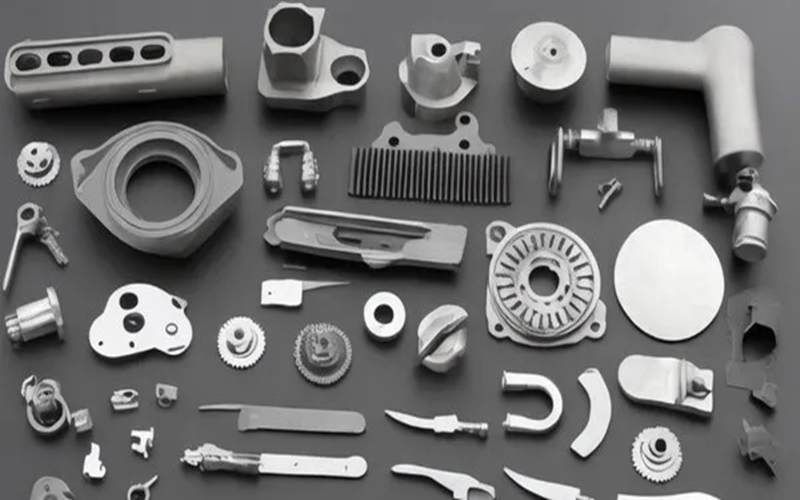
Powder Injection Molding Process Steps
Powder Injection Molding involves several key steps that ensure the production of high-quality, complex-shaped components efficiently.
These steps collectively enable the PIM process to produce components with complex shapes, high strength, and excellent surface finish, making it suitable for high volume production of metal and ceramic components.
Feedstock Preparation
Feedstock preparation is a critical first step in the powder injection molding process, where finely divided metal or ceramic powders are uniformly mixed with organic binder components to form a homogeneous and flowable mixture.
This mixture, known as feedstock, must possess optimal rheological properties to ensure smooth injection molding into molds with complex geometries.
Injection Molding
Injection molding is a pivotal stage in the powder injection molding process, where the prepared feedstock—a mixture of metal or ceramic powders and binder—is heated and injected under high pressure into precision-engineered molds.
This step allows the production of molded parts with complicated shapes and fine details that would be challenging to achieve with traditional manufacturing methods.
The injection molding process typically involves filling multiple cavities simultaneously, enhancing mass production efficiency and cost-effectiveness.
Debinding
Debinding is a crucial step in the powder injection molding process that involves the careful removal of binder components from the molded parts.
This step is essential to avoid debinding defects and to ensure the structural integrity of the components before sintering.
Various debinding methods are employed, including solvent debinding, thermal debinding, and catalytic debinding, each chosen based on the binder system and material type.
Sintering
The debound parts are then sintered at temperatures near the melting point of the metal or ceramic powders.
This step densifies the parts through liquid phase sintering or solid-state diffusion, enhancing their mechanical properties and achieving high density.
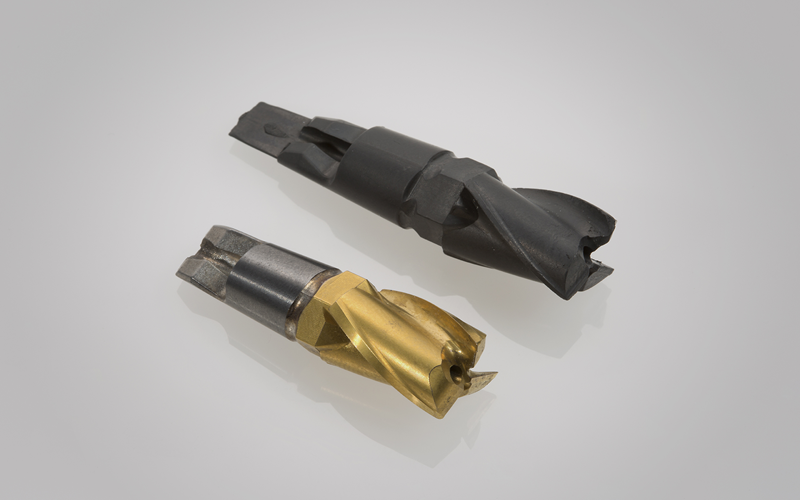
Material Selection For Powder Injection Moulding
Selecting the right materials is a fundamental aspect of the powder injection molding process, directly impacting the quality, mechanical properties, and final density of the produced parts.
The choice of metal or ceramic powders plays a critical role; metallic powders such as stainless steel, titanium alloys, and cobalt-chrome are commonly used for their excellent physical properties and suitability for metal injection molding (MIM) processes.
Similarly, ceramic materials like oxide ceramics and silicon carbide are preferred for ceramic injection molding due to their high hardness and thermal resistance.
The particle size and morphology of the powders significantly influence the feedstock flowability and packing density in the die cavity, affecting the occurrence of defects such as short shots and ensuring consistent binder removal during debinding.
Recent developments in powder metallurgy and additive manufacturing have expanded the range of powders available, enabling the production of complex mim parts with enhanced performance.
Therefore, careful consideration of powder characteristics, including particle size distribution, shape, and purity, is essential to maximize the significant benefits of the powder injection molding process and produce parts that meet stringent application requirements.
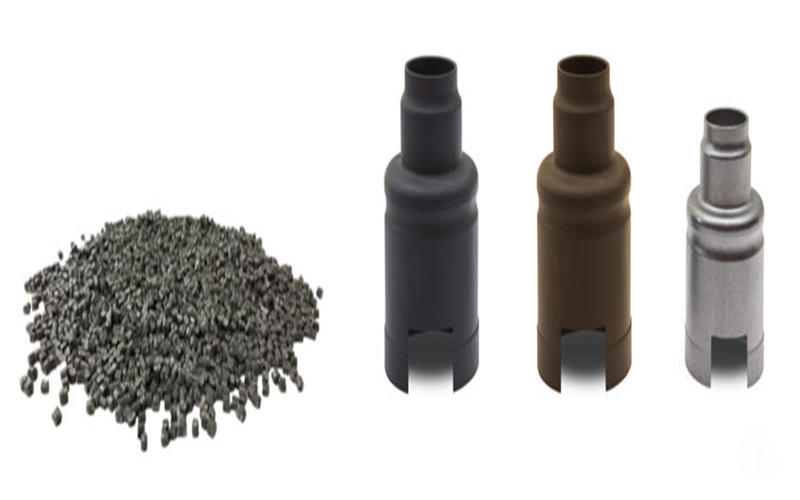
Benefits Of Powder Injection Molding
Powder injection molding offers numerous advantages that make it a preferred manufacturing process for producing complex metal and ceramic components.
High Precision
Powder injection molding excels in producing components with exceptional dimensional accuracy and intricate details.
This high precision capability is achieved through the use of finely controlled injection molding processes combined with carefully formulated feedstocks of metal or ceramic powders.
Cost Efficiency
Powder injection molding is highly cost-efficient, especially when producing complex shapes and small components in large quantities.
By integrating the metal injection molding process with plastic injection molding techniques, PIM reduces material waste significantly compared to traditional machining methods.
Material Versatility
One of the key advantages of powder injection molding is its exceptional material versatility.
For example, metal powders such as stainless steel, titanium alloys, and cobalt-chrome offer excellent mechanical properties and corrosion resistance, making them ideal for medical devices and aerospace applications.
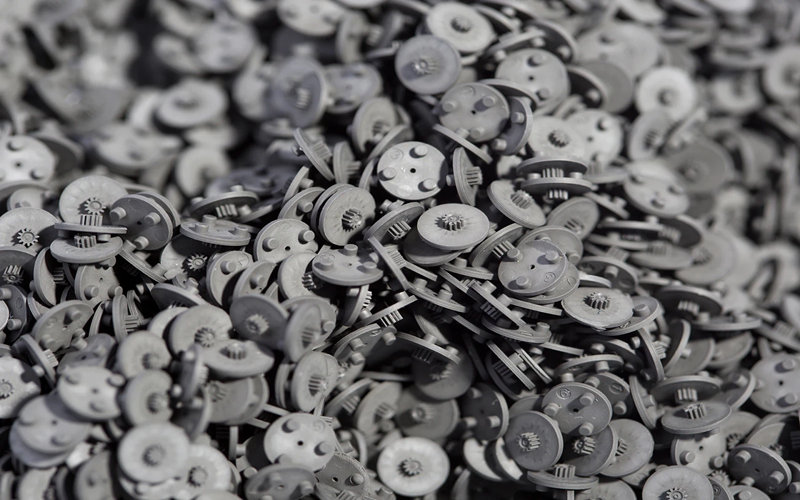
Limitations Of Powder Injection Molding
While powder injection molding (PIM) offers many advantages, it also has several limitations that manufacturers should consider.
Size And Weight Restrictions
Powder injection molding (PIM) is particularly well-suited for producing small to medium-sized components with complex shapes and fine details.
However, the process faces challenges when scaling up to larger or heavier parts due to equipment constraints and the behavior of the feedstock during injection molding.
Larger components may be prone to defects such as short shots or incomplete filling, which can compromise the structural integrity and surface quality of the final product.
Shrinkage And Distortion
Shrinkage and distortion are common challenges in powder injection molding due to the significant changes in volume and structure that occur during the debinding and sintering stages.
As the binder components are removed and metal or ceramic powders fuse together, parts can shrink by 15% or more, and uneven shrinkage may lead to distortion or warping.
Limited Dimensional Tolerances
Although powder injection molding enables the production of complex shapes with high precision, the process inherently faces limitations in achieving extremely tight dimensional tolerances.
Factors such as powder particle size, binder composition, and shrinkage during debinding and sintering contribute to dimensional variations.
Typically, tolerances of ±0.3% are achievable; however, for applications demanding tighter specifications, secondary machining or finishing processes are often necessary.
Applications Of Powder Injection Molded Parts
Powder injection molding parts are widely used across various industries due to their ability to produce complex shapes with high precision and excellent mechanical properties.
Medical Devices
Powder injection molding plays a vital role in the medical device industry by enabling the production of highly precise and complex components that meet stringent biocompatibility standards.
This process allows manufacturers to produce small components such as surgical instruments, orthopedic implants, dental prosthetics, and intricate parts for minimally invasive devices with exceptional dimensional accuracy and surface finish.
Automotive Industry
The automotive industry extensively utilizes powder injection molding due to its ability to produce small, complex parts with exceptional mechanical properties and high precision.
Components such as fuel injector nozzles, transmission gears, valve guides, and sensor housings are commonly manufactured using this technology.
Electronics
Powder injection molding is increasingly vital in the electronics industry, where the demand for miniaturized, high-precision components continues to grow.
This process allows the efficient production of small, intricate parts such as connectors, sensor housings, and heat sinks that require excellent electrical conductivity and thermal management.
Aerospace
In the aerospace industry, powder injection molding is instrumental in producing high-performance metallic components that demand both precision and durability.
This process enables the manufacture of parts with complex geometries, such as turbine blades, fuel system components, and lightweight structural elements, which are critical for aircraft efficiency and safety.
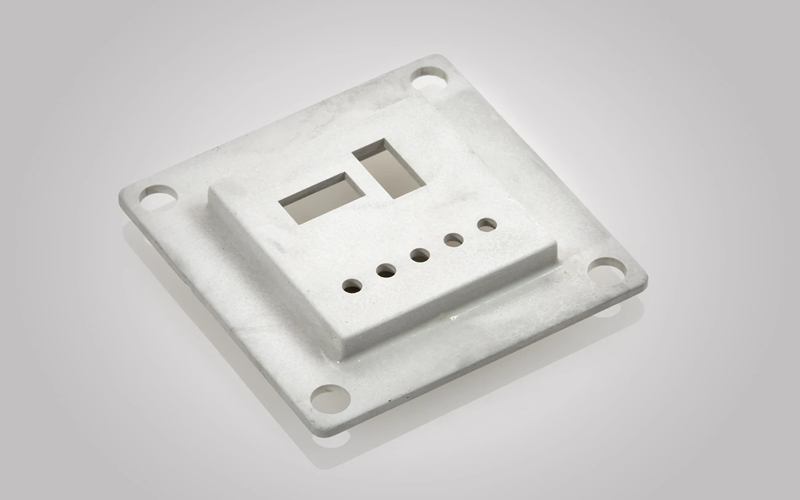
Powder Injection Molding vs Metal Injection Molding
Powder Injection Molding (PIM) and Metal Injection Molding (MIM) are closely related manufacturing processes that share many similarities but also have distinct differences.
PIM is a broader term encompassing both metal and ceramic injection molding techniques, while MIM specifically refers to the process of molding metal powders mixed with binder components.
Both processes start with blending metal or ceramic powders with organic binders to create a feedstock suitable for injection molding.
However, MIM focuses exclusively on metallic powders to produce high-strength metallic components, often used in medical devices, automotive parts, and aerospace applications.
In contrast, PIM includes ceramic injection molding (CIM), which is ideal for producing complex ceramic components with excellent thermal and wear resistance.
Both processes offer significant benefits in producing net shape, high precision parts with complex geometries, but the choice between them depends largely on whether the end product requires metal or ceramic materials.
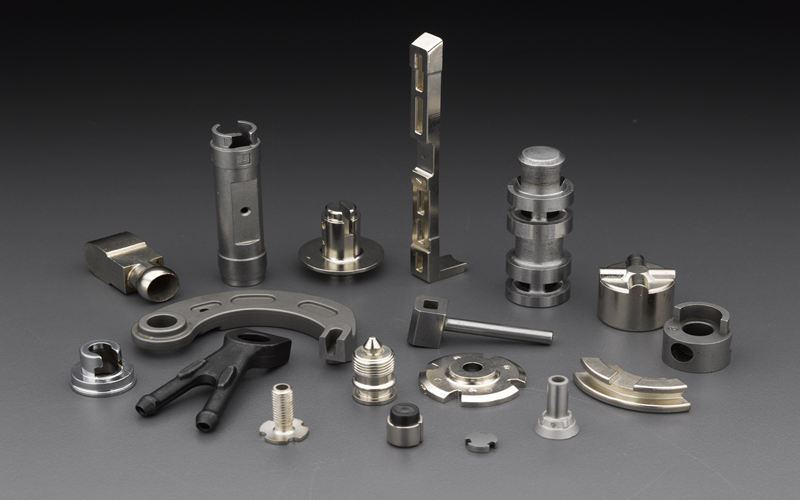
Conclusion
Powder injection molding is a highly versatile and cost-effective manufacturing process that combines the precision of plastic injection molding with the strength and complexity of metal and ceramic powders.
This technology enables the production of small to medium-sized components with intricate and complex shapes that are difficult or impossible to achieve using traditional methods, including both simple shapes and complicated geometries.
By carefully selecting metal and ceramic powders, often utilizing finer powders and metal particles and optimizing binder components, manufacturers can achieve excellent feedstock flowability and packing density.
The process typically involves mixing two powders with binder components to create a homogeneous feedstock, which is then shaped through injection molding, followed by debinding and sintering.
Overall, PIM stands out as a cutting-edge solution for producing complex, high-quality components in large quantities with consistent performance and reduced material waste.

